Ultrathin FeOCl Nanosheet as a Robust Fenton-Like Catalyst for Enhanced Sulfamethoxazole Degradation
DOI: 10.23977/analc.2025.040107 | Downloads: 30 | Views: 415
Author(s)
Zelin Zheng 1
Affiliation(s)
1 RCF Experimental School, No. North Taiyanggong Street, Chaoyang District, Beijing, China
Corresponding Author
Zelin ZhengABSTRACT
The widespread use of antibiotics has raised significant environmental concerns due to their potential ecological risks. Advanced oxidation processes (AOPs), particularly Fenton-like reactions, offer promising pathways for pollutant degradation. However, their large-scale application is often limited by the narrow pH window and iron sludge formation. In this study, nanosheet FeOCl catalyst was synthesized by exfoliating bulk FeOCl, and its performance in activating H₂O₂ to degrade SMX under various pH conditions was evaluated. Structural characterization confirmed that nanosheet FeOCl features a highly exfoliated morphology with reduced layer thickness and smaller crystalline domains compared to its bulk counterpart. The synthesized nanosheet FeOCl exhibited significantly enhanced catalytic performance, removing up to 95% of SMX within 30 minutes over a broad pH range (3–9), significantly outperforming the efficiency of bulk FeOCl. Radical quenching experiments further elucidated that hydroxyl radicals (•OH) served as the primary active species, with additional contributions from other reactive oxygen species. These findings demonstrate that nanosheet FeOCl is a highly efficient heterogeneous Fenton-like catalyst, providing a promising and practical strategy for antibiotic wastewater treatment.
KEYWORDS
FeOCl Nanosheet, Fenton-Like Reaction, Sulfamethoxazole DegradationCITE THIS PAPER
Zelin Zheng, Ultrathin FeOCl Nanosheet as a Robust Fenton-Like Catalyst for Enhanced Sulfamethoxazole Degradation. Analytical Chemistry: A Journal (2025) Vol. 4: 47-54. DOI: http://dx.doi.org/10.23977/analc.2025.040107.
REFERENCES
[1] Larsson, D. G. J.; Flach, C.-F. Antibiotic resistance in the environment. Nat. Rev. Microbiol. 2022, 20: 257−269.
[2] Zhuang, M.; Achmon, Y.; Cao, Y.; Liang, X.; Chen, L.; Wang, H.; Siame, B. A.; Leung, K. Y. Distribution of antibiotic resistance genes in the environment. Environ. Pollut. 2021, 285: 117402.
[3] Hutchings, M.; Truman, A. W.; Wilkinson, B. Antibiotics: past, present and future. Curr. Opin. Microbiol. 2019, 51: 72−80.
[4] Klein, E. Y.; Van Boeckel, T. P.; Martinez, E. M.; Pant, S.; Gandra, S.; Levin, S. A.; Goossens, H.; Laxminarayan, R. Global increase and geographic convergence in antibiotic consumption between 2000 and 2015. P Natl. Acad. Sci. USA 2018, 115: E3463.
[5] Inchaurrondo, N.; Font, J.; Ramos, C. P.; Haure, P. Natural diatomites: Efficient green catalyst for Fenton-like oxidation of orange II. Appl. Catal., B 2016, 181: 481−494.
[6] Zhang, G.; Gao, Y.; Zhang, Y.; Guo, Y. Fe2O3-Pillared Rectorite as an Efficient and Stable Fenton-like Heterogeneous Catalyst for Photodegradation of Organic Contaminants. Environ. Sci. Technol. 2010, 44: 6384−6389.
[7] Gligorovski, S.; Strekowski, R.; Barbati, S.; Vione, D. Environmental implications of hydroxyl radicals (•OH). Chem. Rev. 2015, 115: 13051−13092.
[8] Lei, Y.; Chen, C.-S.; Tu, Y.-J.; Huang, Y.-H.; Zhang, H. Heterogeneous degradation of organic pollutants by persulfate activated by CuO-Fe3O4: mechanism, stability, and effects of pH and bicarbonate ions. Environ. Sci. Technol. 2015, 49: 6838−6845.
[9] Qian, X.; Ren, M.; Zhu, Y.; Yue, D.; Han, Y.; Jia, J.; Zhao, Y. Visible Light Assisted Heterogeneous Fenton-like Degradation of Organic Pollutant via alpha-FeOOH/Mesoporous Carbon Composites. Environ. Sci. Technol. 2017, 51: 3993−4000.
[10] Brillas, E.; Sires, I.; Oturan, M. A. Electro-Fenton process and related electrochemical technologies based on Fenton’s reaction chemistry. Chem. Rev. 2009, 109: 6570−6631.
[11] Guo, M.; Lu, M.; Zhao, H.; Lin, F.; He, F.; Zhang, J.; Wang, S.; Dong, P.; Zhao, C. Efficient electro-Fenton catalysis by self-supported CFP@CoFe2O4 electrode. J. Hazard. Mater. 2022, 423: 127033.
[12] Tang, Z.; Hao, L.; Zhao, Y.; Tian, L.; Li, N.; Liu, Z. Bridging oxygen mediated alkaline fenton catalysis in LDHs for water purification. Appl. Catal. B Environ. 2025, 363: 124828.
[13] Yang, X.-J.; Xu, X.-M.; Xu, J.; Han, Y.-F. Iron oxychloride (FeOCl): an efficient Fenton-like catalyst for producing hydroxyl radicals in degradation of organic contaminants. J. Am. Chem. Soc. 2013, 135: 16058−16061.
[14] Sun, M.; Chu, C.; Geng, F.; Lu, X.; Qu, J.; Crittenden, J.; Elimelech, M.; Kim, J.-H. Reinventing Fenton Chemistry: Iron Oxychloride Nanosheet for pH-Insensitive H2O2 Activation. Environ. Sci. Technol. Lett. 2018, 5: 186.
[15] Nie, C.; Liu, F.; Li, Z.; Shen, Y.; Hou, Y.; Han, P.; Tong, M. Boosting Low-Dose Ferrate(VI) Activation by Layered FeOCl for the Efficient Removal of Antibiotic-Resistant Bacteria and Antibiotic Resistance Genes via Enhancing Fe(IV)/Fe(V) Generation. Environ. Sci. Technol. 2025, 59: 19559−19569.
[16] Chen, S.; Liang, J.; Li, J.; Bao, C.; Chen, Y.; Yue, D.; Fan, M.; Li, K.; Jia, J. Regulation of Surface Terminal Hydroxyl Coverage of FeOCl Catalyst via Crystal Facet Protection for Enhanced H2O2 Activation. Environ. Sci. Technol. 2025, 59: 10620−10630.
[17] Wang, Y. Y.; Zhang, H. W.; Zhu, Y. D.; Dai, Z. F.; Bao, H. M.; Wei, Y.; Cai, W. P. Au-NP-decorated crystalline FeOCl nanosheet: facile synthesis by laser ablation in liquid and its exclusive gas sensing response to HCl at room temperature. Adv. Mater. Interfaces 2016, 3: 1500801.
[18] Luo, J.; Sun, M.; Ritt, C. L.; Liu, X.; Pei, Y.; Crittenden, J. C.; Elimelech, M. Tuning Pb (II) adsorption from aqueous solutions on ultrathin iron oxychloride (FeOCl) nanosheets. Environ. Sci. Technol. 2019, 53: 2075−2085.
[19] Xu, S.-L.; Wang, W.; Song, Y.; Tang, R.; Hu, Z.-H.; Zhou, X.; Yu, H.-Q. Expanding the pH range of Fenton-like reactions for pollutant degradation: the impact of acidic microenvironments. Water Res. 2025, 270: 122851.
[20] Georgi, A.; Velasco Polo, M.; Crincoli, K.; Mackenzie, K.; Kopinke, F.-D. Accelerated catalytic fenton reaction with traces of iron: an Fe−Pd-multicatalysis approach. Environ. Sci. Technol. 2016, 50: 5882−5891.
[21] Peng, T.; Zhang, H. J.; Xia, S. M.; Zhou, S. Q.; Shi, Z.; Li, G. C.; Deng, L. MoS2 nanosheets anchored onto MIL-100(Fe)-derived FeS2 as a peroxymonosulfate activator for efficient sulfamethoxazole degradation: Insights into the mechanism. ACS ES&T Water 2023, 3: 213−226.
[22] Zhu, K.; Qin, W.; Gan, Y.; Huang, Y.; Jiang, Z.; Chen, Y.; Li, X.; Yan, K. Acceleration of Fe3+/Fe2+ Cycle in Garland-like MIL-101(Fe)/MoS2 Nanosheets to Promote Peroxymonosulfate Activation for Sulfamethoxazole Degradation. Chem. Eng. J. 2023, 470: 144190.
[23] Liang, S.; Zhu, L.; Hua, J.; Duan, W.; Yang, P.-T.; Wang, S.-L.; Wei, C.; Liu, C.; Feng, C. Fe2+/HClO Reaction Produces FeIVO2+: An Enhanced Advanced Oxidation Process. Environ. Sci. Technol. 2020, 54: 6406−6414.
| Downloads: | 1387 |
|---|---|
| Visits: | 79342 |
Sponsors, Associates, and Links
-
Forging and Forming
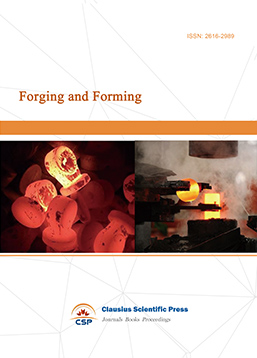
-
Composites and Nano Engineering
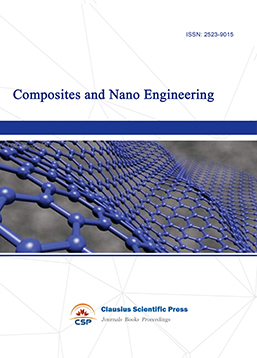
-
Journal of Materials, Processing and Design
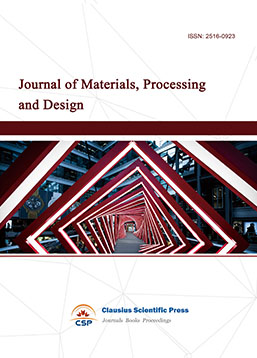
-
Metallic foams
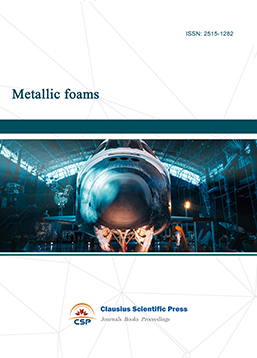
-
Smart Structures, Materials and Systems
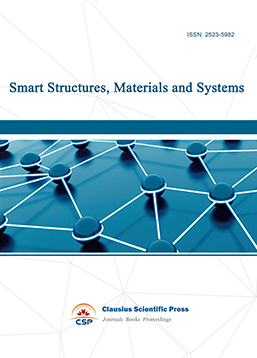
-
Chemistry and Physics of Polymers
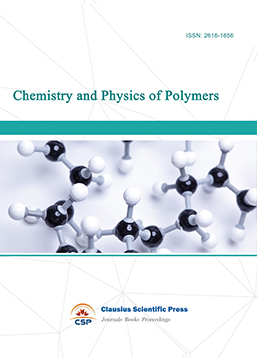
-
Modern Physical Chemistry Research
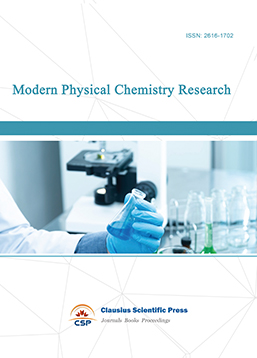
-
Inorganic Chemistry: A Journal
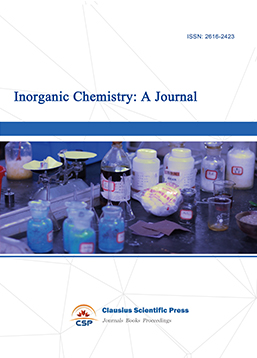
-
Organic Chemistry: A Journal
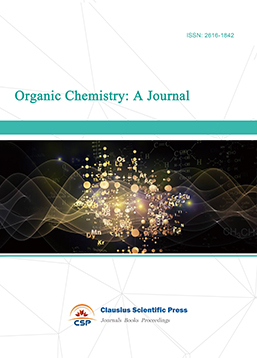
-
Progress in Materials Chemistry and Physics
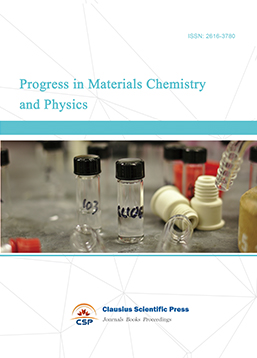
-
Transactions on Industrial Catalysis
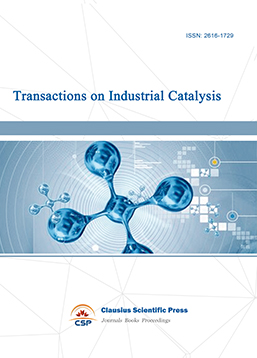
-
Fuels and Combustion
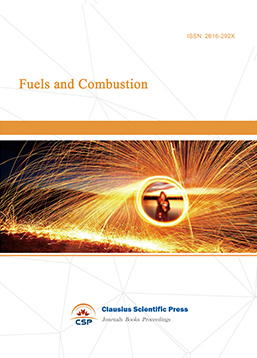
-
Casting, Welding and Solidification
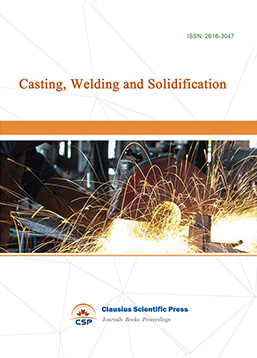
-
Journal of Membrane Technology
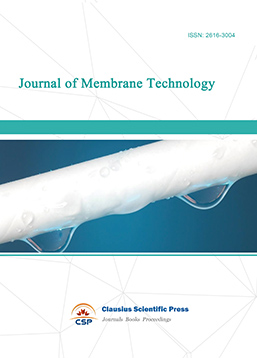
-
Journal of Heat Treatment and Surface Engineering
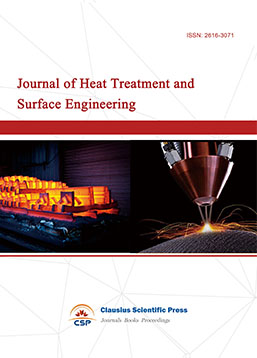
-
Trends in Biochemical Engineering
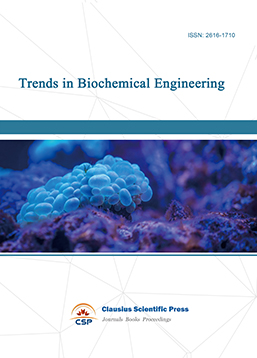
-
Ceramic and Glass Technology
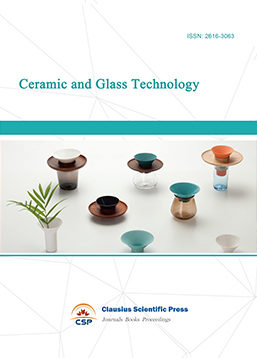
-
Transactions on Metals and Alloys
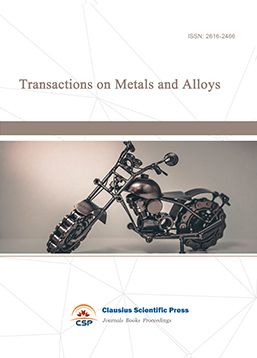
-
High Performance Structures and Materials
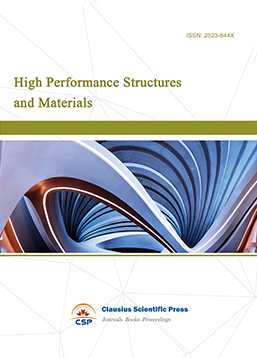
-
Rheology Letters
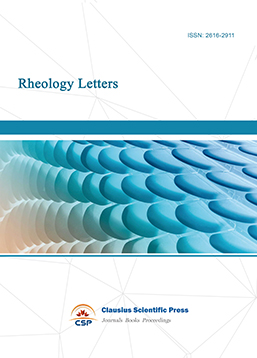
-
Plasticity Frontiers
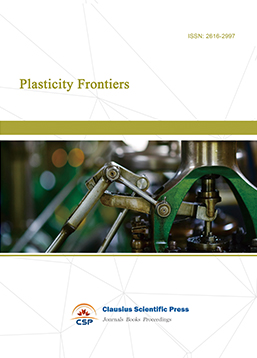
-
Corrosion and Wear of Materials
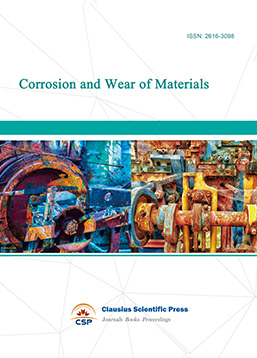
-
Fluids, Heat and Mass Transfer
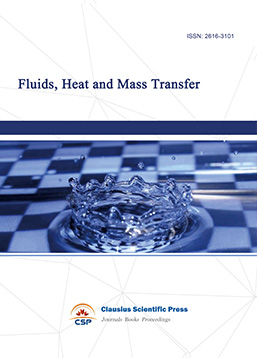
-
International Journal of Geochemistry
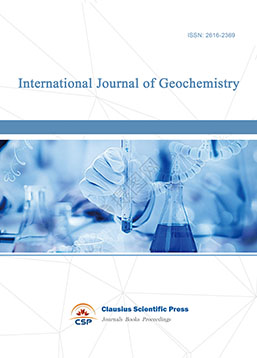
-
Diamond and Carbon Materials
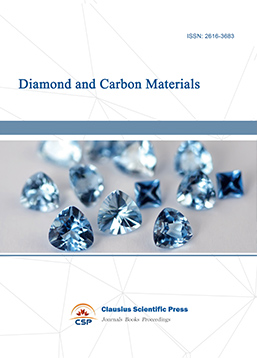
-
Advances in Magnetism and Magnetic Materials
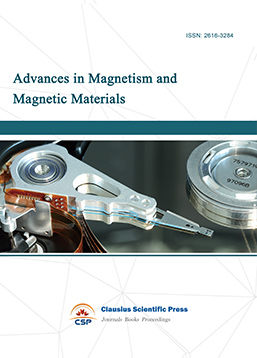
-
Advances in Fuel Cell
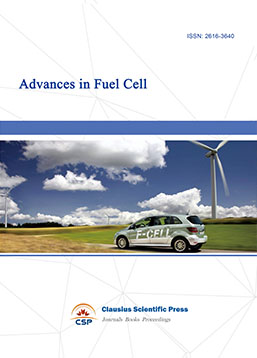
-
Journal of Biomaterials and Biomechanics
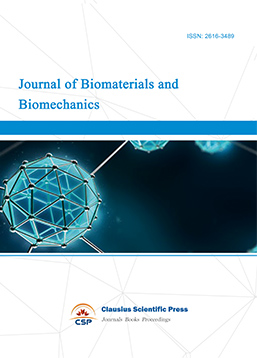

 Download as PDF
Download as PDF